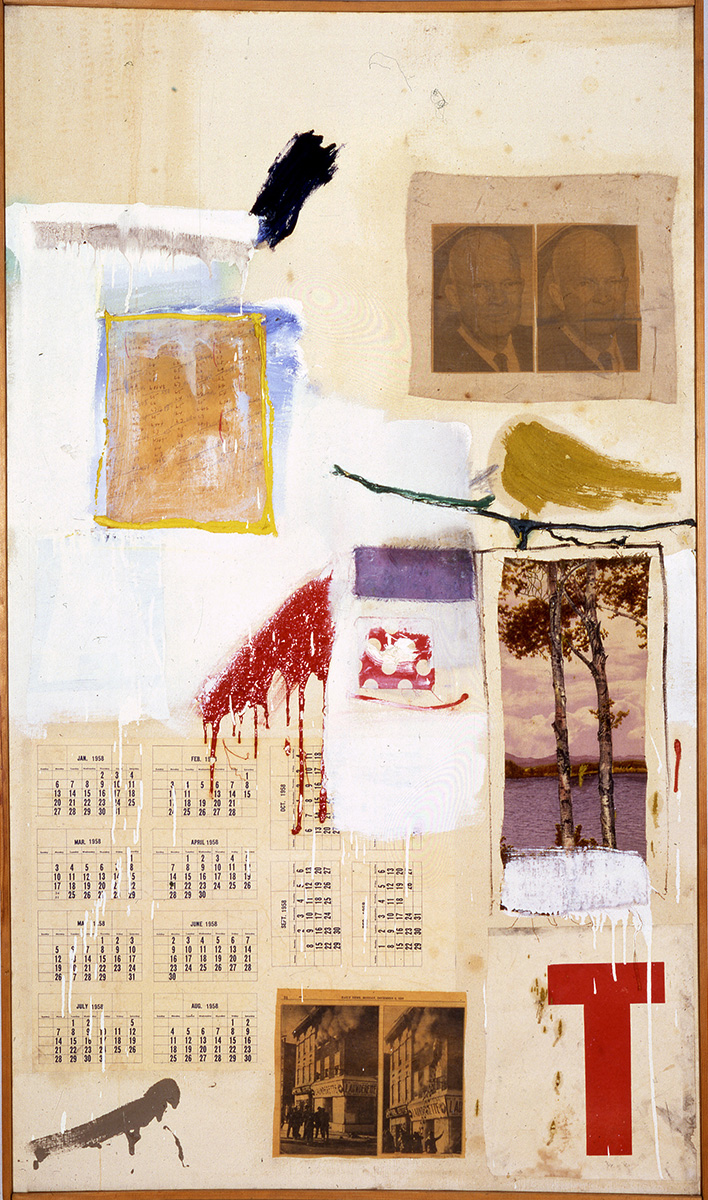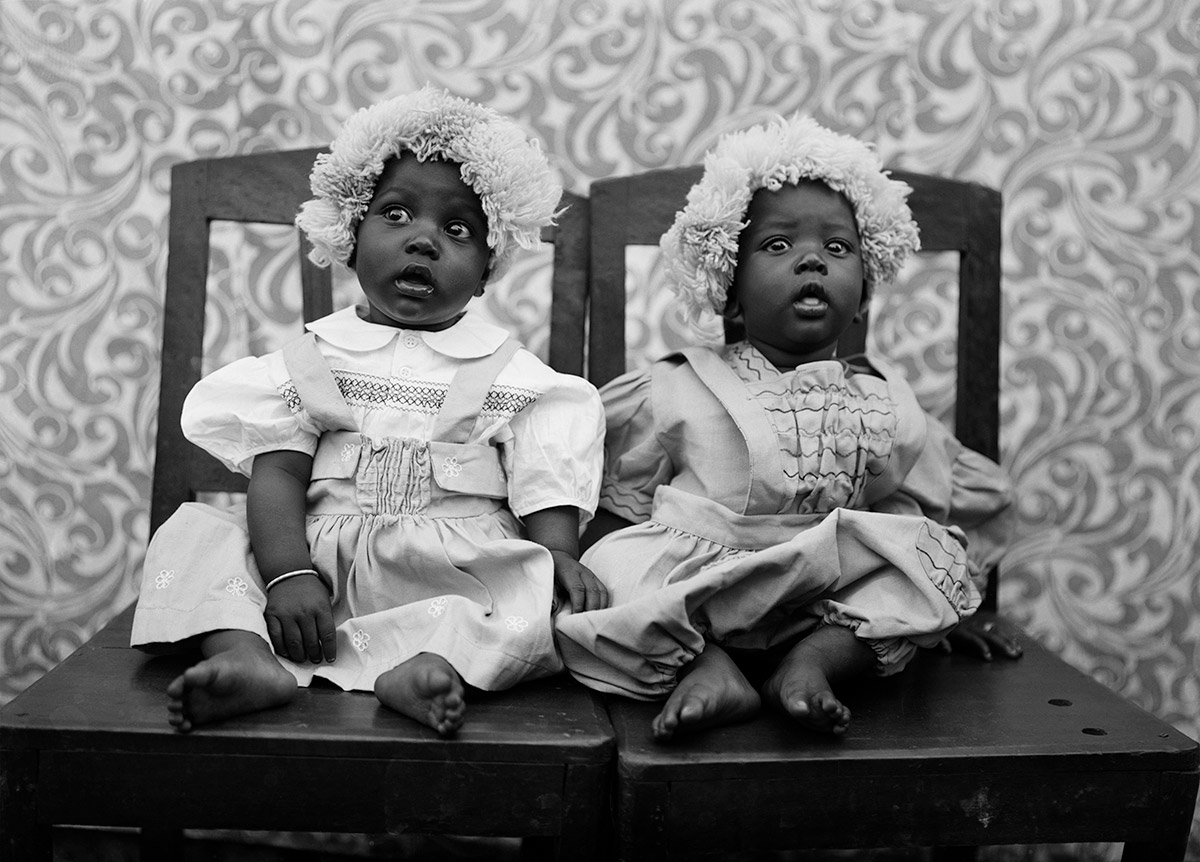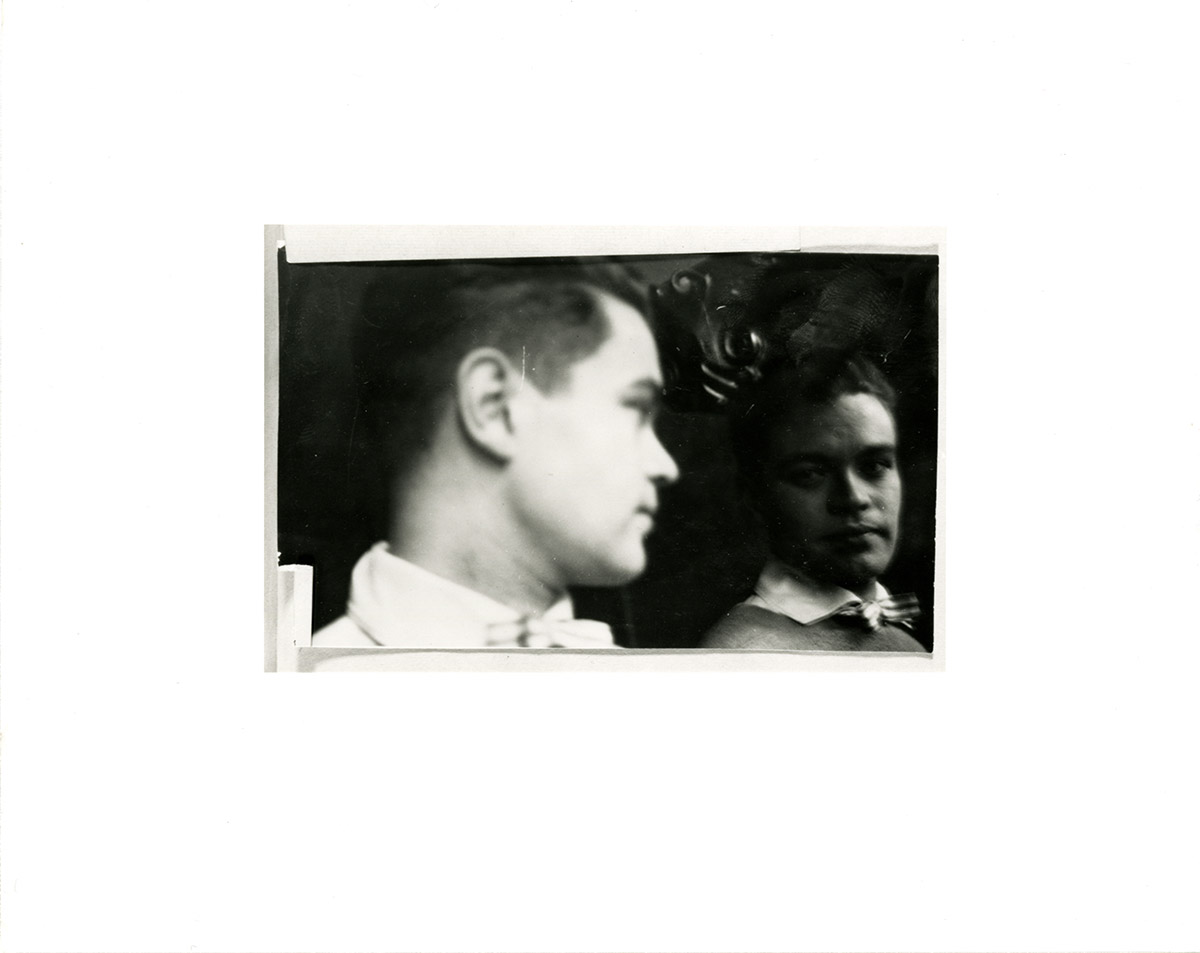The Double: Identity and Difference in Art since 1900

Rashid Johnson, The New Negro Escapist Social and Athletic Club (Emmett), 2008, printed 2022, chromogenic print, National Gallery of Art, Gift of Funds from Ryan E. Lee and Lee Group Holdings (LGH), Heather and Jim Johnson Fund, Kend Family Fund, and Peter Edwards and Rose Gutfeld Fund

Arshile Gorky, The Artist and His Mother, c. 1926–1936, oil on canvas, Whitney Museum of American Art, New York, Gift of Julien Levy for Maro and Natasha Gorky in memory of their father © 2021 The Arshile Gorky Foundation / Artists Rights Society (ARS), New York, Digital image © Whitney Museum of American Art / Licensed by Scala / Art Resource, NY

Arshile Gorky, The Artist and His Mother, c. 1926–c. 1942, oil on canvas, National Gallery of Art, Ailsa Mellon Bruce Fund © 1997 The Estate of Arshile Gorky / Artists Rights Society (ARS), New York

Robert Rauschenberg, Factum I, 1957, oil, ink, pencil, crayon, paper, fabric, newspaper, printed reproductions, and printed paper on canvas, Museum of Contemporary Art, Los Angeles, The Panza Collection © 2021 Robert Rauschenberg Foundation / Licensed by VAGA at Artists Rights Society (ARS), NY

Robert Rauschenberg, Factum II, 1957, oil, ink, pencil, crayon, paper, fabric, newspaper, printed reproductions, and printed paper on canvas, The Museum of Modern Art, New York. Purchase and an anonymous gift and Louise Reinhardt Smith Bequest (both by exchange), 206.1999. Digital image © The Museum of Modern Art / Licensed by Scala / Art Resource, NY

Seydou Keita, Untitled, 1953–1957, modern gelatin silver print © Seydou Keïta/SKPEAC

Alighiero Boetti, Gemelli (Zwei), 1974–1975, photograph on paper, Courtesy of Gladstone Gallery, New York and Brussels © Alighiero Boetti by SIAE 2022

Lorna Simpson, Untitled (Two Necklines), 1989, gelatin silver prints and plastic plaques, National Gallery of Art, Gift of the Collectors Committee © Lorna Simpson. Courtesy the artist and Hauser & Wirth

Janine Antoni, Mom and Dad, 1994, Cibachrome triptych, Courtesy of the artist and Luhring Augustine, New York. Image: © Janine Antoni, Courtesy of the artist and Luhring Augustine, New York

Glenn Ligon, Double America, 2012, neon and paint, National Gallery of Art, Gift of Agnes Gund

George Platt Lynes, Portrait of René Crevel, 1928, modern silver gelatin print, From the Collections of the Kinsey Institute, Indiana University. All rights reserved.